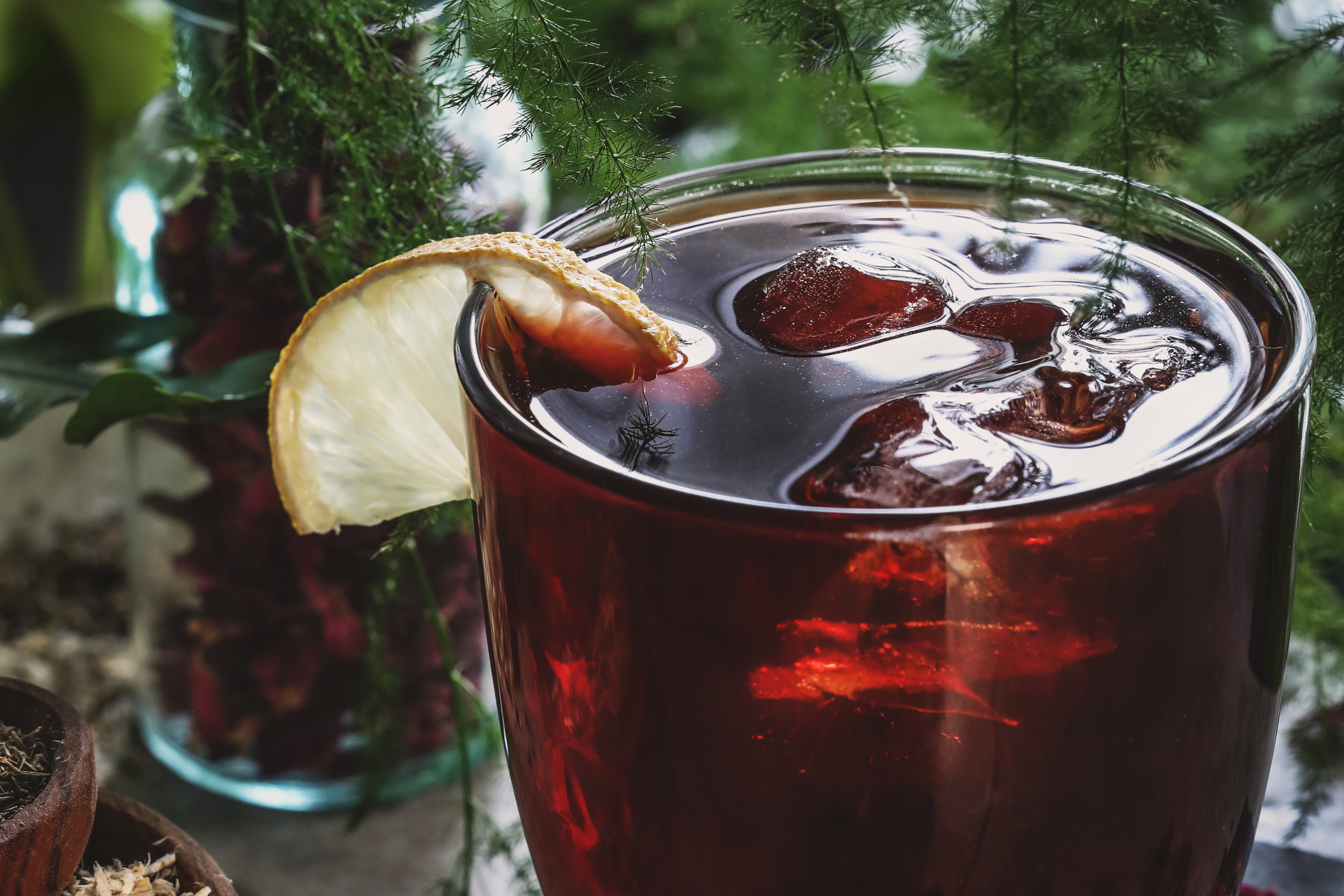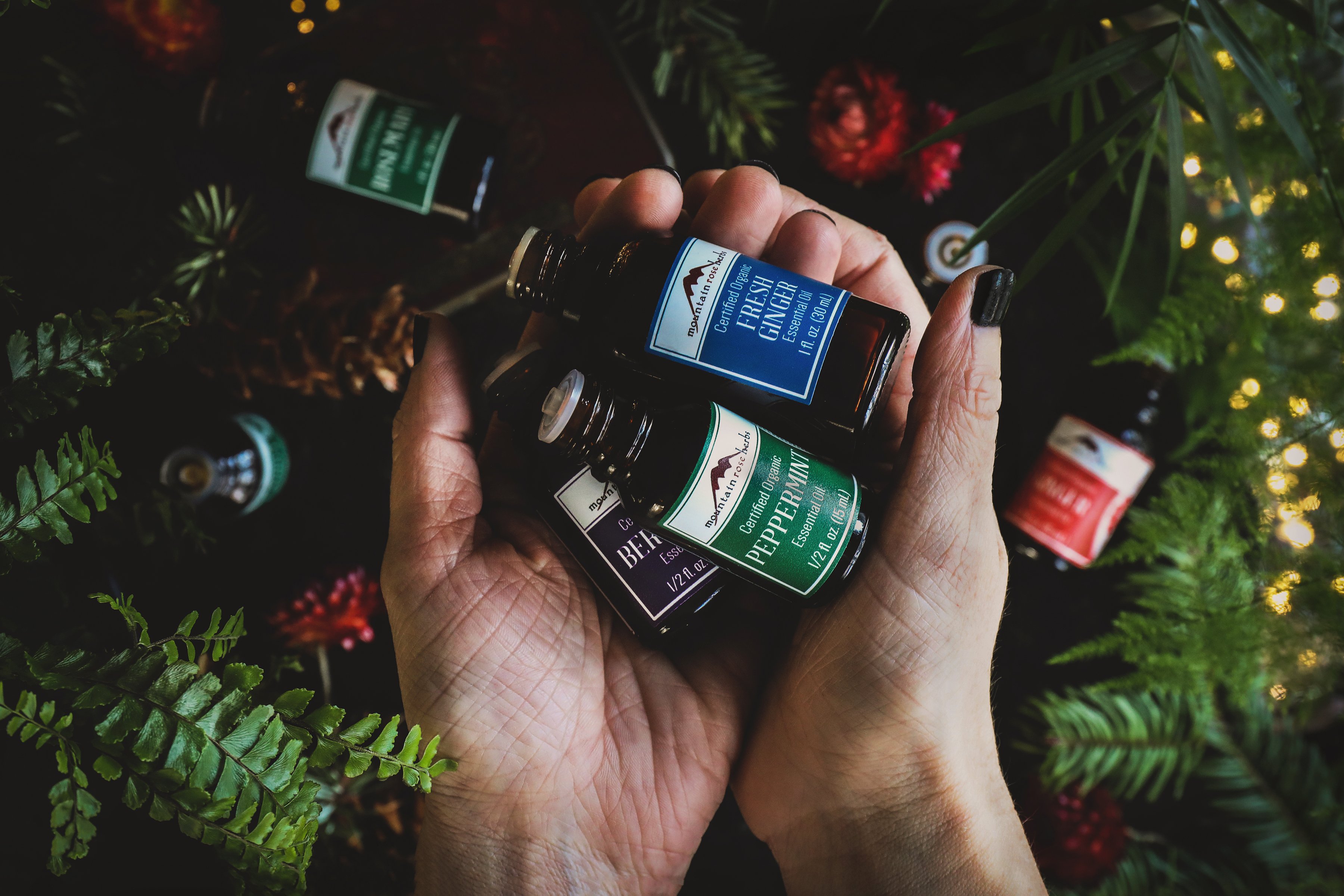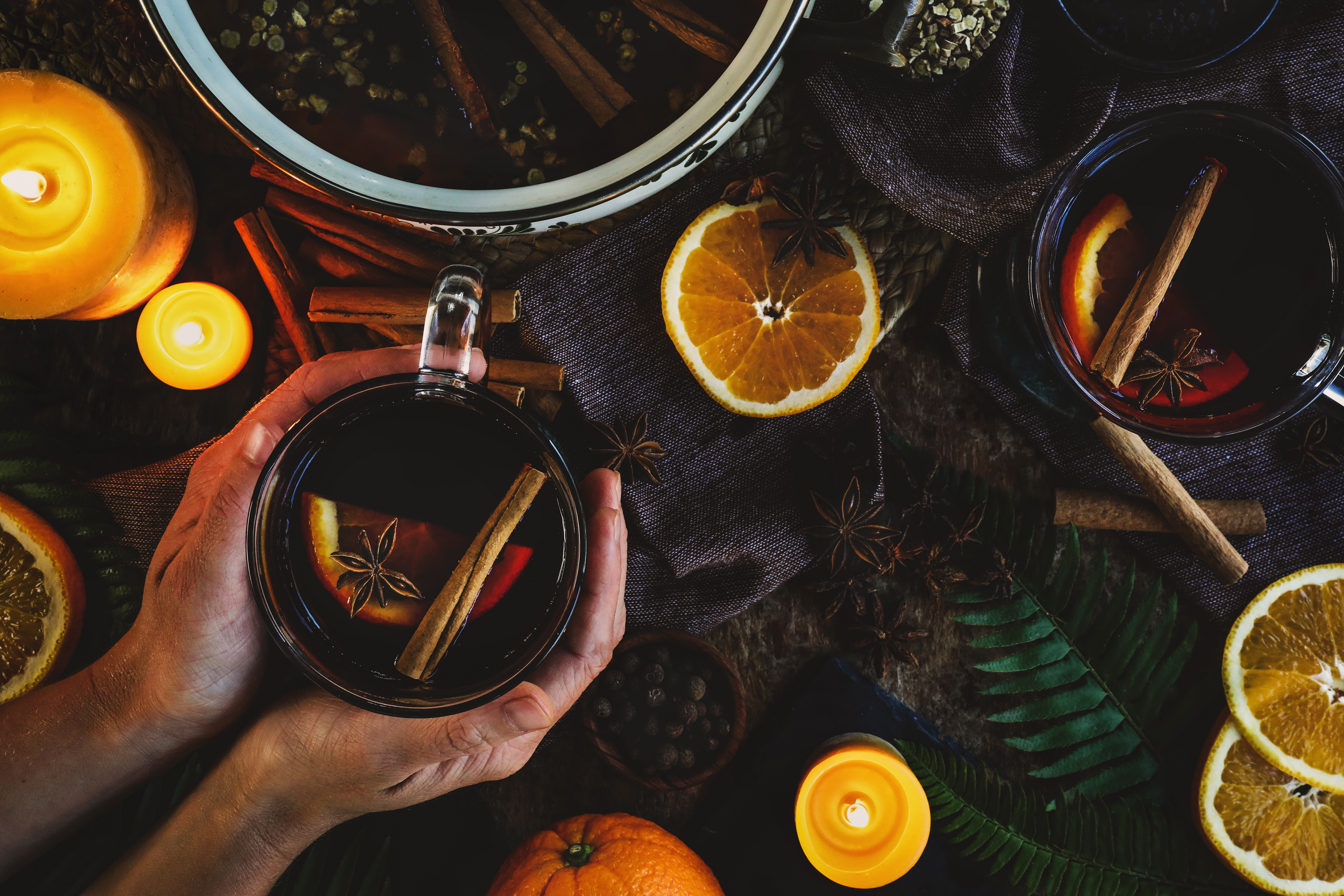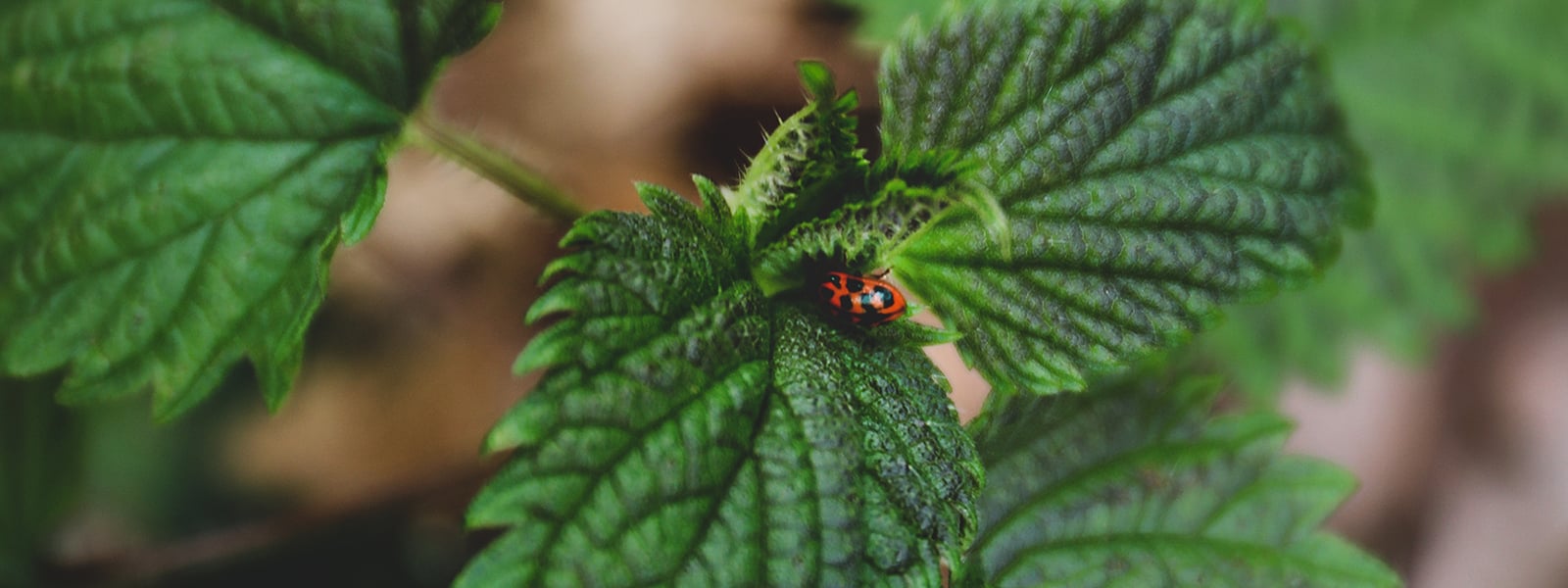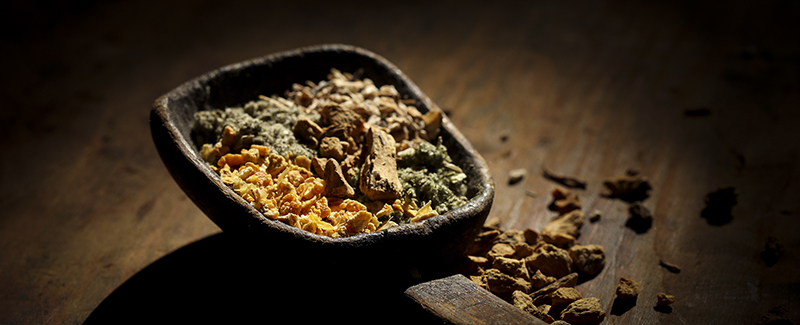Infusions are an enjoyable method for savoring and receiving the benefits of herbs. Also referred to simply as tea, an herbal infusion is technically called a tisane and involves steeping fresh or dried herbs in water for a period of time. The water used for an infusion can be hot or cold depending on the herbs you use and the effect you desire, as well as your preference and mood. In this blog, we are going to focus on what a cold infusion is, what herbs work best with this method, and how to make a cold infusion.
Read MoreElise
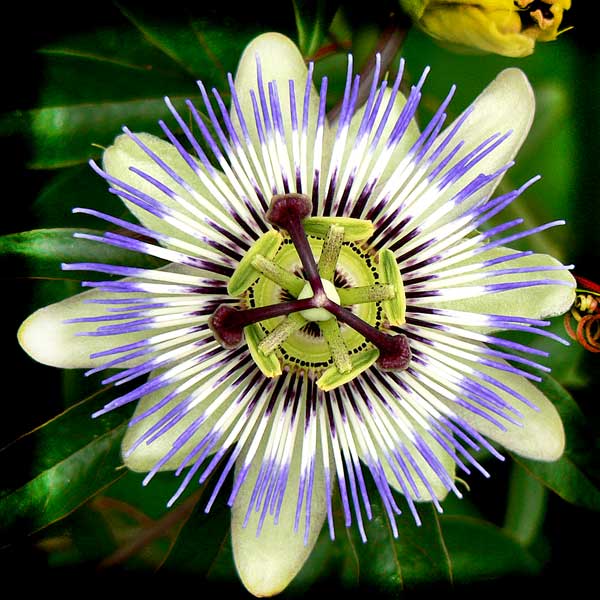
Recent Posts
By the time winter rolls around, I usually find myself seeking cozy comfort, uplifting cheer, and robust wellness support. While fuzzy blankets, social gatherings, and immune-boosting herbal teas are tried and true, I also look to aromatherapy as an essential wintertime ally.
Read More
Herbalism is a health practice that can be traced around the globe for millennia. For most of our existence as a species, humans have lived closely with nature relying on the Earth for shelter, food, and medicine. While time-tested methods for making and consuming herbal preparations have carried through the ages, some herbal preparations have evolved to fit the needs of the modern population—like the ease of taking capsules. However, one ancient preparation involving the soaking of herbs in wine or cider has managed to stand the test of time, although it is perhaps a little under the radar.
Read More
There are so many things I love about autumn. Like a dear friend I haven’t seen in far too long, I’m refreshed, comforted, and inspired by the season. I look forward to the addition of warming spices in my foods, vibrant bursts of colors, mushroom-scented walks in the forest, and fresh apple cider. Usually, I immediately drink the newly pressed, sweet cider. All notions of sharing go out the window; the cider barely makes it home from the store. But this year, in the giving spirit of the fall season, I resolve to save some apple cider to savor and share with family and friends.
Read More

It’s late winter in the Pacific Northwest and signs of spring are already starting to show themselves. I’ve always enjoyed this time of year, the excitement of witnessing the Earth waking up from her wintertime slumber and the feelings of hope that brings. But despite the heartfelt joy, I often find myself struggling to move from the slower pace of winter hibernation to the quickening energy and longer days full of garden prep, housework, and other to-dos that piled up. Thankfully, I need to look no further than my trusty green ally, nettle, for support during this transition.
Read More
I’m not ashamed to admit that I’m a full-fledged advocate of bitters. Properly introduced to me by my teacher, Howie Brounstein of Columbines School of Botanical Studies, I’ve come to appreciate the taste of bitter in my daily life and have personally experienced the wonderful effects of this unique flavor. Before herbal school, my first experience of bitters was as a cocktail ingredient. Since then, I’ve learned that this elixir, made from both bitter and aromatic botanicals, has a history dating back thousands of years of wellness-supporting use. This got me thinking, where and how did bitters originate and evolve?
Read More
Sweet, sour, salty, umami, and everyone's “favorite” flavor: bitter! Bitter herbal concoctions have a long history of use across nearly every culture. They are a unique sensory experience and must be tasted to do their important work. As soon as herbal bitters hit the tongue, the bitter compounds activate our salivary glands, which in turn send signals to our gastrointestinal system that it is time to digest.
Read More
Have you ever wondered about scientific names when analyzing a label or reading about an herb in your favorite herbal book? Besides being fun to learn (and pronounce), botanical names provide a universally accepted system of recognition. Depending on numerous factors, such as the region you live in, the lineage you’ve grown up with, or school you attended, the same plant could be referred to by several different common names. This can make it really confusing if you’re trying to identify a plant in the wild, consult an herbal book, or purchase a specific herb. I’ve found that a little overview of scientific botanical terminology can go a long way in understanding the plants I work with and use every day.
Read More

